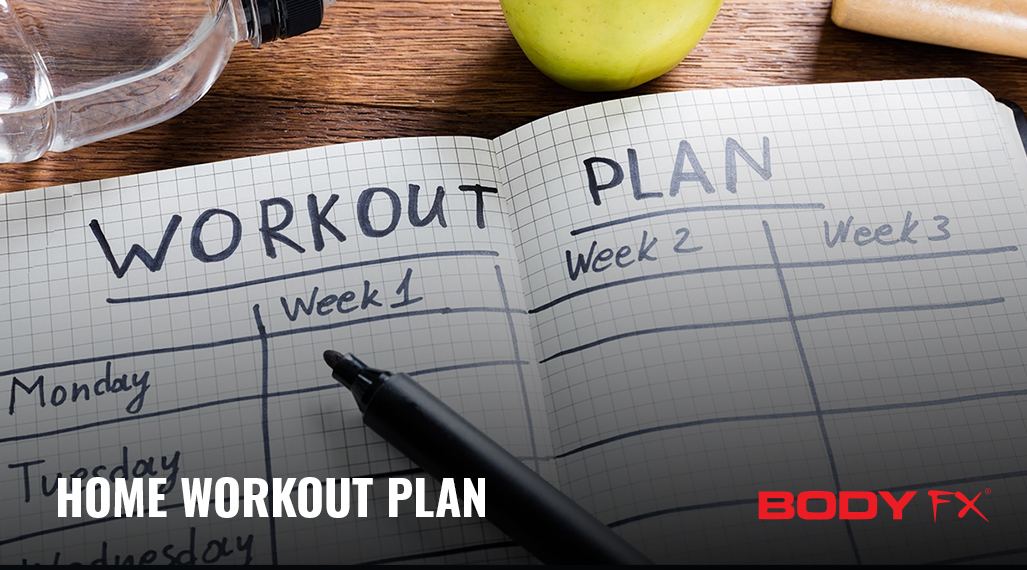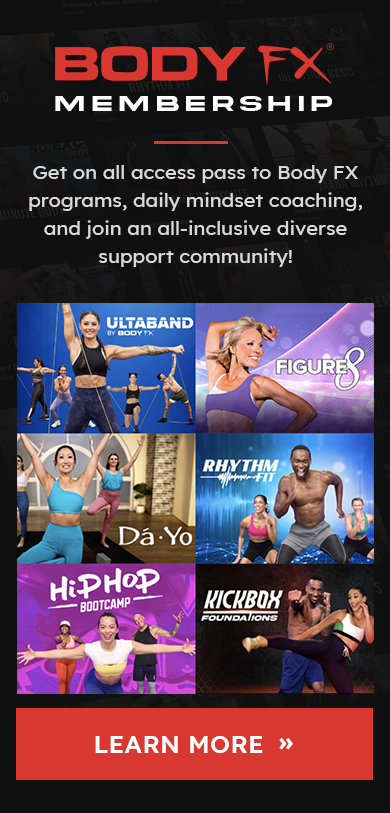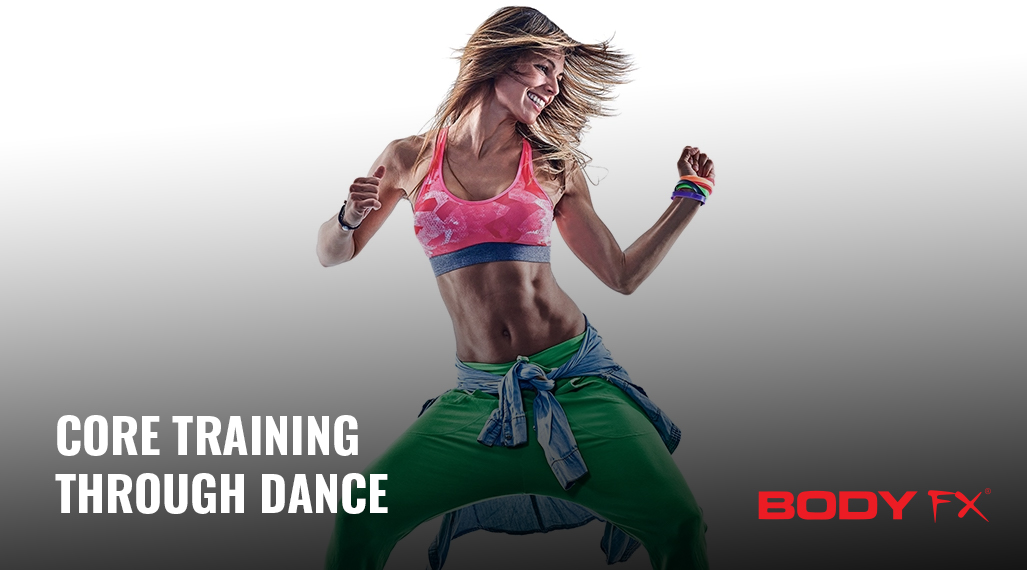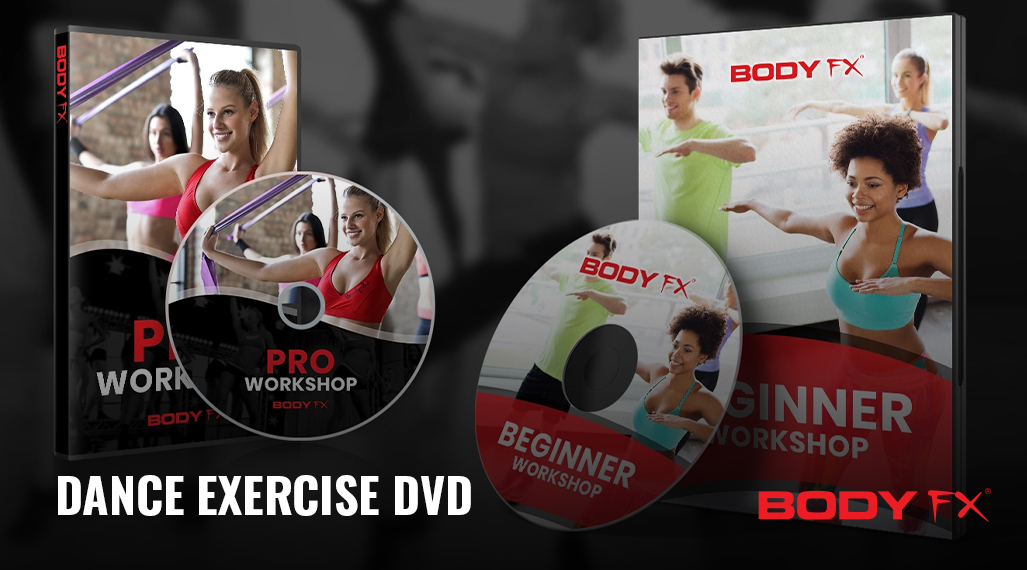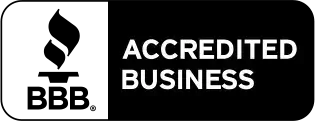Thinking about starting a home workout plan? Congratulations! You’ve already taken an important first step in starting your research. If you’re not used to exercising regularly or you’ve never tried to work out on your own at home, it can be intimidating to know where to begin. You might be wondering which moves are most effective, what types of equipment you need if you need a support group, and how to choose the workout that will help you meet your goals. Don’t worry, you’ve come to the right place. Here’s how to get started with your home workout plan.
Step 1: Gauge Your Fitness Level
The first step to starting your own home workout plan is to get a good idea of your current fitness level and what type of cardio level you can handle. If you’re mostly sedentary and are not very active at work or at home, that’s okay – just be honest with yourself. If you exercise regularly and are making the switch to a home workout program from a gym, your new routine is going to look very different from someone who is just getting started. There are a few simple tests you can do to assess your current fitness level:
- Check your resting heart rate before you workout. Then, go for a brisk 10-minute walk to warm-up and check it again when you’re done.
- To check your endurance, time how long it takes you to walk one mile. If you’re not ready to walk a mile, time how long it takes you to walk half a mile, or to the end of your driveway, or to the other side of the room – anything you can use to compare your future progress too!
- To test your strength, count how many pushups you can do (standard or on your knees) before needing to take a break. It’s okay if you can’t do any!
- To gauge your flexibility, lean forward and see how far you can reach towards your toes while seated on the floor with your legs out in front of you.
Step 2: Note Your Starting Point
Whether weight loss is your primary goal or isn’t even on your radar, it is helpful to have some measurements that you can use to check your progress as you work on your fitness journey. You might consider taking “before” photos that you can update each month as you continue to work on your routine. Having a point of comparison can be extremely motivating! Take these measurements prior to getting started:
- Your resting heart rate (how many times your heart beats in one minute when you’re at rest)
- Your weight – or not! It’s up to you, but it can serve as a helpful point of comparison whether you’re looking to gain muscle or lose fat
- The circumferences of the following body parts:
- Bicep
- Waist
- Hips
- Thighs
- Calves
Step 3: Define Your Goals
Next, it’s time to define your goals! Now that you know where you’re starting from, it’s time to determine where you want to go. Choosing your goals will help shape the type of plan you choose and the exercises you focus on. Examples of goals might include:
- Lose 20 pounds
- Walk a mile in 20 minutes
- Be able to do 5 pushups without stopping (or 50!)
- Run 3 miles without stopping
- Increase flexibility
- Bicep curl 40 pounds
- Lose 2 inches off your waist
As you can see, your goals can focus on anything you want, whether it’s your weight, endurance, speed, strength, or something else. The most important thing is to make your goals SMART – that is: specific, measurable, achievable, relevant, and time-bound. That’s why it’s so important to know your starting point, as we discussed in Step 1. It’s probably not realistic to set a goal to run a mile in under 10 minutes in less than one month if you’re struggling to walk a mile in under 20 minutes, right? When you make your goals, set a specific time frame in which you’d like to achieve them, and do your best to stick to it.
Step 4: Make a Plan
Now that you know where you’re starting and where you hope to go, it’s time to make a plan on how to get there! Your plan should take into account factors like your current fitness level, your goals, any physical limitations (such as injuries), and your lifestyle. For example, if you want to improve your endurance and walk a mile in under 20 minutes, you’ll need to create a plan that focuses on cardiovascular conditioning, including walking, HIIT training, and additional cardio workouts several times a week. Here are some guidelines to follow as you make your plan:
- The American Heart Association recommends getting in 150 minutes of moderate activity or 75 minutes of vigorous activity per week. That comes out to 30 minutes per day of moderate activity 5 times a week.
- If you’re looking to build your endurance, you’ll want to focus on maintaining a moderate effort for increasing long periods of time. If you want to build power or speed, you’ll want to add in periods of vigorous activity mixed with recovery, like walking quickly for one minute and then slowing down to recover for one minute.
- To build strength, you’ll need to incorporate weight training or bodyweight exercises three to four times per week.
Not sure what exercises to incorporate into your plan? Try these:
- Cardiovascular conditioning: Try walking or running for 20 to 30 minutes four to five times a week. Start slow and try and keep your pace at a “conversational” level, meaning you can carry on a conversation while doing your workout. The perfect Body FX program for beginners to cardiovascular conditioning would be Figure 8 or Jaana Rhythms. For someone ready for a challenge, try Figure 8 Ultimate or the Rhythm Fit HIIT workouts!
- Strength training: Start with simple bodyweight movements that you can do at home in the comfort of your own living room, like planks, modified push ups (push ups done on your knees), lunges, and bodyweight squats to work those squats, and more. Aim to strength train two to three times per week, rotating between upper body and lower body exercises. Doing so will help you build muscle and focus on the total body strength training rather than one focus area. The perfect Body FX program for beginners at strength training would be 6 Minute Body. For someone ready for a challenge, try JNL Fusion!
- Flexibility: If you’re looking to increase your flexibility, try one of the Body FX DaYo yoga videos, or Figure 8 Stretch & Flex. Stretching and yoga are low impact, so you can do these activities five to seven times per week.
Step 5: Get Your Equipment
Depending on what type of workouts you choose and what type of muscle groups you want to focus on, you may not need any more equipment than a good pair of running or walking shoes. However, other multi-functional equipment to add to your home gym should include a yoga mat, a basic or cordless jumprope, and light dumbbells or resistance bands. If you have access to a treadmill or an elliptical or a barbell set, that’s fantastic, but you don’t need it to get started.
Step 6: Get Started
You’re ready to get started! The most important thing in any at-home workout exercise program is to be consistent. Start slow, build in time for recovery, and try and fit some movement into your day five days a week.

